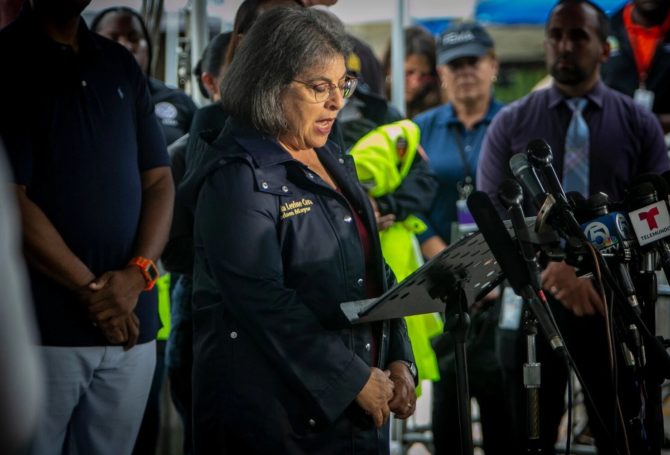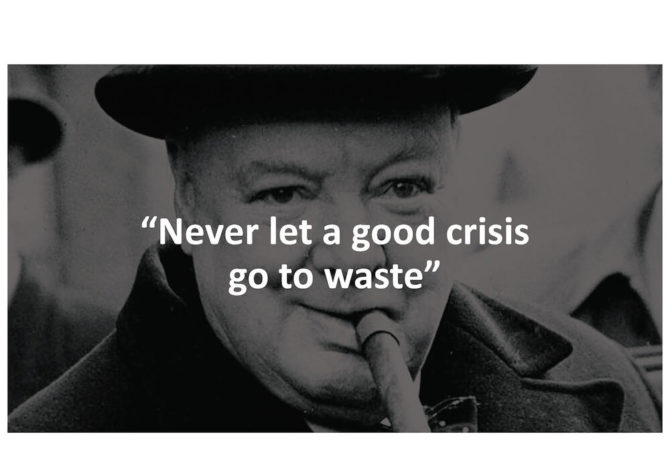Kavanaugh Defense Serves as Crisis Communication Case Study
As crisis communications cases go, there is no better example to study than the defense mounted last week by Supreme Court nominee Brett Kavanaugh before the Senate Judiciary Committee.
Supporters, including President Trump who nominated Kavanaugh, praised his fiery demeanor as appropriate for someone who feels unjustly accused. Critics said his emotional, defensive and at times partisan performance raised questions about his judicial temperament.

No one can dispute there was a sharp contrast between Kavanaugh’s hot defense and the cool, measured testimony of his accuser, Dr. Christine Blasey Ford. It wouldn’t be unfair to conclude that Ford, who admitted she was terrified to testify in public before a national television audience, exceeded expectations as a credible witness. She calmly gave her testimony, answered questions clearly, admitted what she couldn’t remember and showed deference to her questioners. She politely asked for a promised break.
Some commentators summed up the hearing as a “she said/he said” moment, and from an evidentiary point of view, it was. However, on a perception scale, Ford looked credible as an accuser, while Kavanaugh came across as ticked off as the accused. It was a hearing with two “victims.”
The most cogent post-hearing analysis was that Kavanugh offered a Trumpian rejoinder. He denied the accusation of sexual misconduct and focused on what he called the “search and destroy” nomination process, which he blamed on Democrats and left-leaning news media. Maybe “search and destroy” was a clever sound bite Kavanaugh came up with himself, or more likely it was a sound bite recommended by Trump, who used the phrase himself in a tweet after the hearing ended. Senator Tom Cotton repeated the phrase in his appearance Sunday on “Face the Nation.”
There is certainly nothing wrong with sound bites. However, Kavanaugh (and whoever advised him) may have seriously misjudged the tenor of the moment and what a large part of the audience watching wanted to see and hear in response to Ford’s allegations. That misjudgment earned Kavanaugh a follow-up background check by the FBI, which Trump and Senate GOP leaders had previously denied.
Kavanaugh’s miscalculation is the crux of the crisis communications case study. He indulged in what he wanted (or someone wanted him) to say, rather than exercising the discipline to deliver an appropriate message.
We can argue over what an appropriate message would be in this circumstance. No one would have faulted Kavanaugh for expressing frustration over the nomination process, but his main job at the hearing was to declare his innocence and show respect for Ford and her claim. That was in his remarks, but it got lost in the ashes of his incendiary comments. Whatever respect he attempted to show Ford was negated by his disrespect for Democratic Senator Amy Klobuchar when she asked him about his blackout drinking.
A key principle of crisis communications is to project you are in control, even if you aren’t. Kavanaugh failed to do that. If anything, he seemed mad that he had to appear to defend his “good name.”
Another principle is to show empathy. Kavanaugh’s attempt at empathy fell flat. He said he believed Ford may have endured an attempted rape “by someone, at some time and in some place.” That was a barely cloaked way of saying Ford could not corroborate he was her assailant, even though she said she was 100 percent sure it was him. His denial also had the ring of a talking point when GOP Senator Lindsey Graham used the same phrase, with the same, perhaps unintended, dismissive conclusion.
One of the hardest things for someone to do in a communications crisis is to admit wrongdoing. Kavanaugh lawyered up and didn’t admit to anything other than he liked beer as a teenager and still does.
Kavanaugh’s shortcomings as a crisis communicator were amplified by Ford’s performance. She remained under control despite the sensitive nature of her allegation and her previous attempt to tell her story out of the limelight. She readily admitted gaps in her memory. Surely Kavanaugh’s training as a lawyer made him aware that nothing occurs in a vacuum. The hearing was set up, perhaps unintentionally, to hear two sides of the same story – and assess the veracity of both storytellers. He didn’t need to convince his supporters; he needed to have an impact on his doubters.
Maybe the biggest gaffe by Kavanaugh was failing to perceive how the back-to-back testimony would be viewed, especially by women. Ford had nothing to gain by testifying; he had everything to lose. Ford’s detailed account had the ring of authenticity – being shoved into a bedroom, thrown on a bed and “grinded upon” by Kavanaugh as he and his buddy, Mark Judge, laughed – even though some details were blurry or missing. Kavanuagh’s denial was absolute and he acted as if he never knew Ford. He talked a lot about how he “worked my butt off” to get good grades and play sports. He projected an image that raised more doubt about him than her.
Regardless whether you think Kavanaugh is innocent and the victim of a “smear campaign,” there is plenty of room to question his approach to the hearing. If his nomination was assured before the hearing, his performance raised or underscored doubts. Ford can look forward to returning to her life as a college professor. Kavanaugh has to pray he can hold onto his reputation and his nomination.
Without changing any of the facts, Kavanaugh could have emerged from the hearing no worse off or possibly even in a strong position. He could have used a good crisis counselor.



